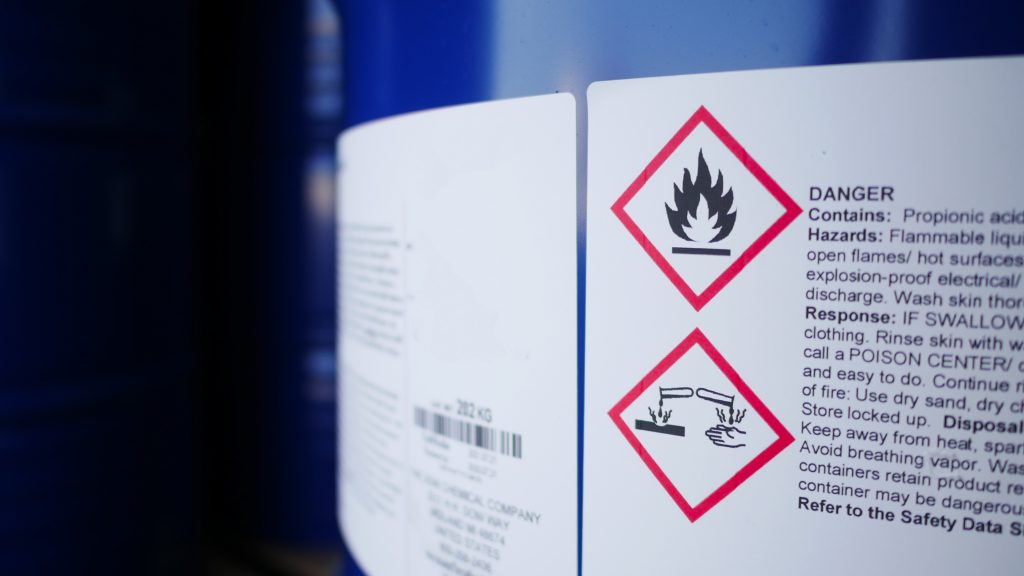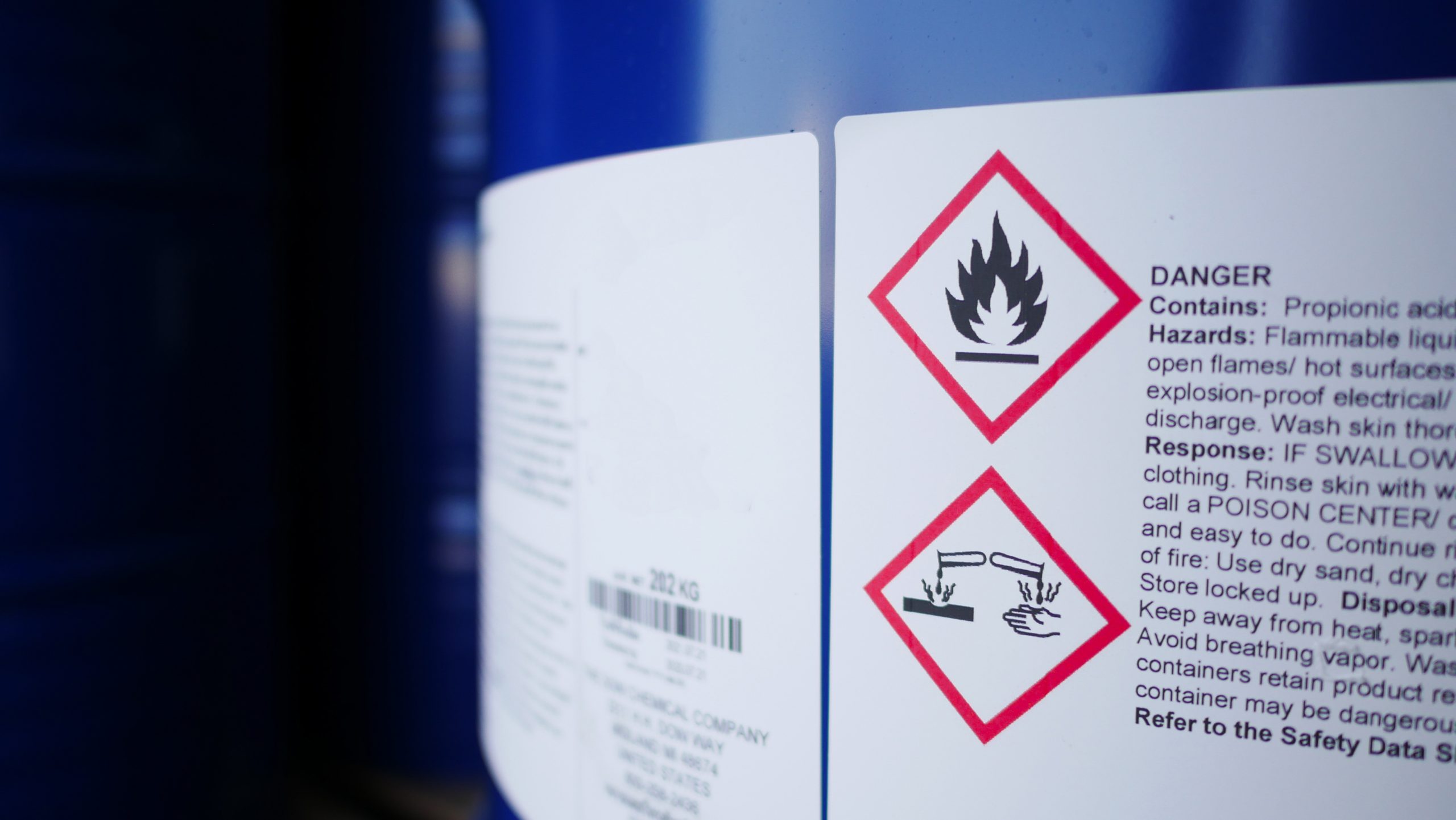 When a product is put on the market, we trust it has been through rigorous testing to ensure it’s safe. There are very specific regulations that require companies to design and produce safe products. However, if any part of the product is inherently unsafe, it is the duty of the manufacturer to warn consumers of the potential dangers. This is the main focus of product liability cases. When it comes to failure to warn cases, there are certain steps a lawyer must take to prove negligence.
When a product is put on the market, we trust it has been through rigorous testing to ensure it’s safe. There are very specific regulations that require companies to design and produce safe products. However, if any part of the product is inherently unsafe, it is the duty of the manufacturer to warn consumers of the potential dangers. This is the main focus of product liability cases. When it comes to failure to warn cases, there are certain steps a lawyer must take to prove negligence.
Defining Failure to Warn
In terms of a product liability case, the failure to warn definition indicates there is a legal liability when a product manufacturer inadequately informs or instructs consumers how to correctly use a product. Failure to warn is essentially a principle of product liability laws. Any warning labels on the product or within the owner’s manual need to be clear, concise, and include all possible dangers and risks associated with using the product. For consumer products, these warnings should include dangers that would not be recognized as obvious to an average consumer. If the danger is reasonably expected and obvious, such as warning that knives are sharp, a warning label is not required.
Proving Failure to Warn
Product liability cases involving failure to warn can be complex. There are various factors involved to elucidate not only was the product dangerous, but also show there was no warning; yet, illustrate the consumer was using the product for its intended purpose. Did the manufacturer know of the potential danger? Was there an adequate warning on the packaging that explained the dangers? Did the danger explain the intended use? Was the injury caused by a predictable misuse of the product? These are all important questions to answer when it comes to achieving success in these cases.
Intended Use or Predictable Misuse
Before a manufacturer can be held accountable for negligence, it must be shown the consumer was not at fault at any point. This means the consumer did not use the product in a manner they knew would cause them harm – such as using a saw without a safety guard. This type of action would be a predictable misuse, which would negate a product liability case. If the consumer uses the product as it is intended, but they still sustain an injury due to lack of warning, this is the basis for a product liability lawsuit against the manufacturer.
Clear Warnings
When a manufacturer places a warning on a dangerous item, it is not enough just to make sure it has a warning. The manufacturer must also make sure the warning is clear and in a location consumers can easily see it. For instance, some manufacturers try to put warnings deep in the user’s manual concealed by other content that hides the actual warning. It is important to know whether the warning is easily visible to prove failure to warn.
Failure to Warn in Pharmaceuticals and Medical Devices
As with other product manufacturers, the pharmaceutical industry is required to perform extensive testing in addition to providing any information regarding possible risks up front to consumers. In some circumstances, these companies will attempt to circumvent the United States Food and Drug Administration (FDA) in order to grow their bottom line, failing to provide the proper information to consumers and the FDA, opening them up to a product liability lawsuit.
If the product is labeled as a “drug,” it’s intended to diagnose, cure, mitigate, treat, or prevent a disease; or affect the structure or function of the body (not including food). A “medical device” can encompass everything from implants to thermometers, pacemakers, lab equipment, and diagnostic tools. These devices will usually have the same intended purpose as drugs – to diagnose, cure, mitigate, treat, or prevent disease – but without relying on any chemical or metabolization to achieve the goal.
Any harm that occurred as a direct result of the drug or device that was given without adequate medical warning could open up the negligent party or parties to be found liable. This could include the manufacturer, the company that conducted clinical trials, the distributor, the pharmaceutical sales representative, or the pharmacy. These medical product liability claims could also overlap with medical malpractice if it’s shown the prescribing physician was negligent in prescribing the drug or device incorrectly, or they failed to provide the patient with information regarding potential side effects or use instructions.
St. Louis Product Liability Attorney
Manufacturers cannot simply say they were not aware of the danger as an excuse not to provide a clear warning. At The Simon Law Firm, P.C., our St. Louis product liability lawyers have extensive experience challenging negligent manufacturers after their products caused consumers harm. We take the time to gather the evidence necessary to prove your case. If you or someone you love has been hurt as a result of a defective product, you may have the right to take legal action against the manufacturer. You have rights – allow us to help you seek the compensation you deserve.
Contact our legal team today to learn more.







